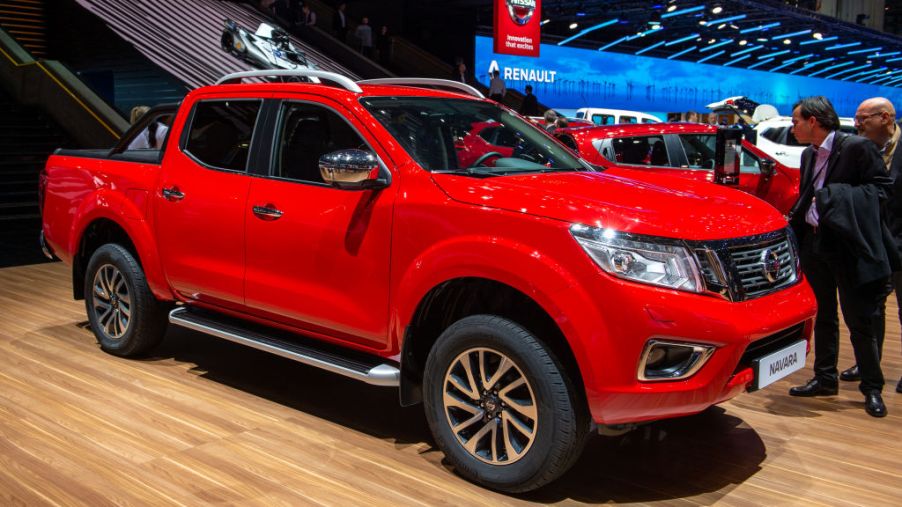
Why Aren’t Pickup Trucks More Popular in Europe?
Until recently, Europeans have largely viewed pickup trucks as vehicles owned and operated by workers. We once thought this way in the U.S., too. These days, however, Americans love pickup trucks.
According to Automotive News, Europe may be catching up on the truck craze. Data from JATO Dynamics reported that European truck sales have grown 19% — a large increase. According to analysts, this number will continue to rise.
U.S. fuel economy regulations
The United States’ Energy Independence and Security Act of 2007 raised fuel economy regulations. By 2020, cars, light trucks, and SUVs need to achieve a combined average of at least 35 MPG, which is 10 MPG beyond 2007 standards.
As a result, according to CarBuzz, body-on-frame SUVs are being discontinued without replacements. Automakers want to direct customers to four-wheel-drive crossovers now. This fixes things, right? Not so fast.
Crossovers don’t have enough torque to tow boats or trailers. They’re powered by small displacement engines. Mid-size trucks, however, do have the torque. And since they are body-on-frame just like discontinued SUVs, they have the power to tow when required. They’re also loaded when it comes to modern comforts and conveniences.
Likewise, Europeans are beginning to take a closer look at pickup trucks. Aside from having the same stylish appeal and luxury as any car or SUV, they can be useful for many common activities like hauling and moving.
Why don’t Europeans drive trucks?
First, European gas prices are double what they are in the U.S. If you need to park? You won’t have a lot of luck with parking a pickup truck in what passes for a standard parking space in Europe. They have smaller vehicles and size their roads and parking spaces accordingly.
U.S. highways use a 12-foot standard width for lanes. Europe’s lane widths can be anywhere from eight to 10 feet on average. The Ford F-150 is about eight feet wide and over six feet tall. Staying in European lanes and or clearing a restaurant drive-thru in your F-150, according to CarDebater, would be difficult if not impossible.
Larger vehicles aren’t practical in other places around the world. Plus, many regions don’t view large, gas-hogging vehicles favorably.
Ch-ch-changes
When popular SUVs, like the Land Rover Defender, were discontinued, according to The Truth About Cars, Europeans began taking a closer look at trucks. In the UK, pickup sales increased by 17% in the first six months of 2017. France saw a 20% increase in pickup truck sales, with 15% in Germany, 20% in Italy, and 24% in Sweden.
Automakers noticed, scrambling to produce trucks for the European market. You’ll see the Fiat Fullback, Ford Ranger, Mitsubishi L200/Triton, Nissan Navara, Toyota Hilux and Volkswagen Amarok. Those seeking a truck in the luxury class can turn to the Mercedes-Benz X-Class.
Currently, there’s not a lot of Detroit representation in the European truck market. Those with enough money can import certain vehicles, however.
Philippe Leroy explained to Trucks.com that he bought a Ram 1500 in 2009 and adores the American vehicle. Since then, he’s purchased a new model every two years. Leroy explained that most don’t understand why he’d want this truck. But he says that once he explains the advantages in owning it, they understand. Leroy considers it the perfect vehicle for everyday life.
While pickup truck sales in Europe aren’t what they are in the U.S., analyst predict its volume will exceed 200,000 units in 2020.


